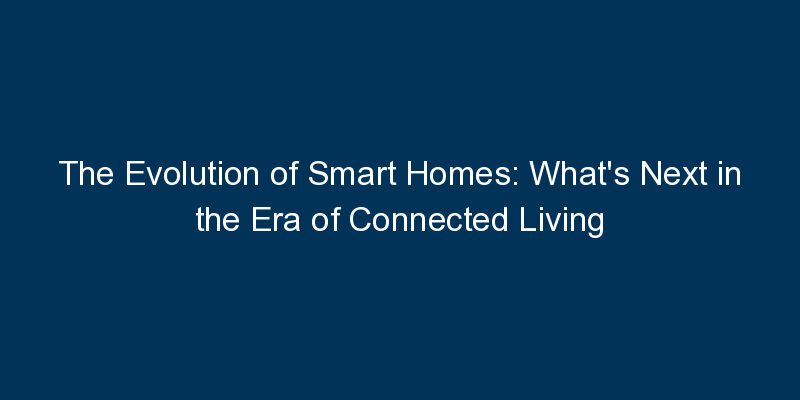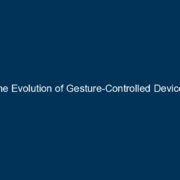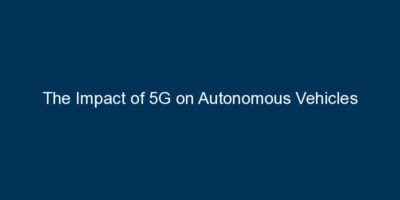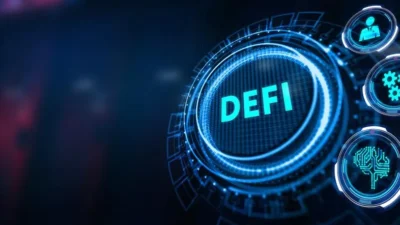Introduction
Smart homes have come a long way from being a futuristic concept to a ubiquitous reality in today’s tech-driven world. This blog explores the evolution of smart homes, delving into the current state of connected living and providing insights into the exciting developments that lie ahead.
The Genesis of Smart Homes
Defining Smart Homes
A smart home refers to a residence equipped with connected devices and systems that can be controlled remotely, often through a central hub or smartphone app. The goal is to enhance efficiency, comfort, and security through automation and connectivity.
Early Smart Home Technologies
The journey of smart homes began with basic automation features like programmable thermostats and remote-controlled lighting. These early technologies laid the foundation for the interconnected ecosystems we experience today.
Current State of Smart Homes
Voice-Activated Assistants
The integration of voice-activated assistants, such as Amazon’s Alexa and Google Assistant, has become a cornerstone of smart homes. Users can control various devices, ask questions, and receive real-time information through voice commands.
Home Security Systems
Smart home security systems have evolved beyond traditional alarms. They now include features like video surveillance, smart locks, and doorbell cameras, providing homeowners with enhanced control and visibility over their property.
Energy Efficiency Solutions
Smart homes prioritize energy efficiency with devices like smart thermostats and connected appliances. These technologies optimize energy consumption, reducing utility costs and environmental impact.
The Future of Smart Homes
Integration of Artificial Intelligence (AI)
The next frontier for smart homes involves the integration of artificial intelligence. AI algorithms can learn user preferences, anticipate needs, and automate tasks seamlessly. This level of intelligence enhances the overall user experience.
Enhanced Connectivity with 5G
The advent of 5G technology is set to revolutionize smart homes by providing faster and more reliable connectivity. This opens up possibilities for more sophisticated devices and applications, including augmented reality and immersive experiences.
Health and Wellness Integration
Future smart homes may focus on health and wellness by incorporating sensors and AI to monitor residents’ well-being. This could include tracking vital signs, detecting early signs of health issues, and providing personalized wellness recommendations.
Challenges and Considerations
Interoperability
As the number of smart devices grows, ensuring interoperability and seamless communication between different brands and ecosystems becomes a challenge. Industry standards and collaborations are essential to address this concern.
Security and Privacy
The more connected a home becomes, the higher the risk of cybersecurity threats. Protecting smart home devices from hacking and ensuring the privacy of user data are critical considerations for the future of smart homes.
Conclusion
The evolution of smart homes is a dynamic journey that continues to unfold, offering endless possibilities for enhancing our daily lives. As we stand at the crossroads of technology and convenience, the future of smart homes promises a seamless integration of advanced technologies, personalized experiences, and a heightened focus on well-being.
Embracing the next phase of smart homes involves addressing challenges, fostering industry collaboration, and prioritizing security and privacy. The interconnected, intelligent homes of tomorrow are not just a vision; they are a tangible reality shaping the way we live, interact, and experience the concept of home.



















Comments